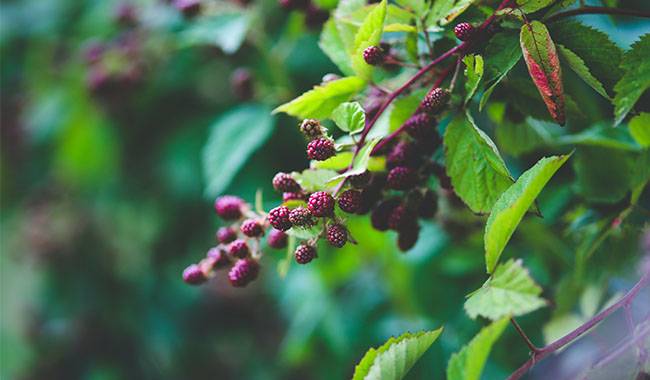
Why transplant blackberry bushes? It’s related to the redevelopment of the site or other reasons to transplant the plant to another location.
In order for the culture not to die, you need to choose the right time and prepare the planting site and the seedlings themselves.
Now we will consider how to transplant the blackberry and provide the plant with the proper care needed for further development.
Wild blackberries can grow in one location for up to 30 years. after 10 years, the cultivated plant must be transplanted to another location.
The process involves carefully digging up the bush, cutting off all branches, and tying the root system into a ball.
The plants are planted in new holes in order to keep the root necks at the same level. The main purpose of transplanting is to renew
Related to the reconstruction of the site or other reasons to transplant the plants to another location. In order to keep the culture from dying, you need to choose the right time and prepare the planting site and the seedlings themselves.
We will now consider how to transplant the blackberry and provide the plant with the proper care needed for further development.
WHY TRANSPLANT BLACKBERRIES TO A NEW LOCATION
Wild blackberries can grow in one place for up to 30 years. After 10 years, the cultivated plants must be transplanted to another location.
The process involves carefully digging up the bush, cutting off all the branches, and tying the roots into a ball. The plants are planted in new holes in order to keep the root necks at the same level.
The main purpose of transplanting is to renew the bush. By dividing, you can spread your favorite species.
Transplanting may be necessary only in the case of yard redevelopment, or to separate huge overgrown shrubs if necessary.
WHEN TO TRANSPLANT BLACKBERRIES: SPRING OR AUTUMN
Blackberries are transplanted in spring and fall. However, each season has its own advantages and disadvantages. The optimal time for transplanting is determined by taking into account the climatic conditions of the region.
The advantage of transplanting in early spring is that the survival of the seedlings is guaranteed. This option is more suitable for northern regions because plants transplanted in autumn do not have time to take root before frost.
The disadvantage of spring transplanting is that it is difficult to determine the exact timing. We must take advantage of the short period when the sap flow has not yet started and the land has thawed after the winter.
Important! During the spring transplanting of blackberries, it is important not to oversaturate them with fertilizer. The unestablished root system is severely damaged.
A positive feature of fall transplants is the rooting of young plants. In early spring, the plants grow rapidly. However, blackberries need to be transplanted two months before the expected date of frost.
In winter, saplings should be well insulated. For northern regions, there is no fall transplanting method, which is a big disadvantage. Southern residents are fully aware of the dignity of this method.
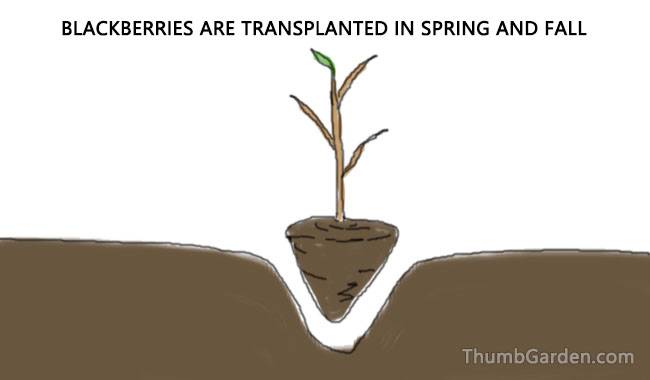
WHEN CAN I TRANSFER BLACKBERRIES TO ANOTHER LOCATION
The exact date of transplanting in spring depends on the weather conditions. Usually in April. In May, you can not touch the BlackBerry. The plant starts the active period of sap flow.
If there is no early frost in the area, then the fall transplanting will take place in late September – early October.
Attention! Transplant frost-resistant varieties to winter shelters even in the fall seedling stage.
WHAT SHOULD I DO BEFORE TRANSPLANTING?
The transplanting process is usually divided into two stages: the preparation stage and the main work. Both thorny and spikeless blackberry varieties serve the same purpose.
SELECTING A SUITABLE SITE
The selection of the transplant site should follow the same rules as those followed when planting seedlings. Choose a sunny spot for the plants to avoid the effects of the north wind.
It is recommended to choose a hill, but for the seedlings themselves, make it concave. On the hill, the blackberries will not be inundated by rain and melt water, while in the pit below the plant it is best to retain water when irrigating.
The site is chosen for loamy or sandy loam soils. You can transplant this culture into the garden where any garden crop was grown last year except for eggplant and berry crops.
PREPARATION BEFORE PLANTING
In order for the transplanted bushes to take root, the soil must be carefully prepared.
Perform a soil acidity test and, if necessary, bring it to the neutral index; dig on-site to a depth of 50cm(19.6inch); the roots of the weeds are selected from the earth.
A 10cm(3.93inch) layer of compost and a 3cm(1.18inch) layer of any crushed organic matter: leaves, sawdust.
calcium, phosphorus, magnesium made from mineral fertilizers; all layers are dug out again by the soil.
The bed is heavily poured with water and covered with an 8cm(3.14inch) mulch layer to speed up the process of organic matter superheating. Instead of the so-called seedling racks.
When preparing the soil for blackberry transplanting, adding iron sulfate at a rate of 500 g/10m increases the acidity.
You can add 300g of sulfur to a similar area, but the process will be slower. To reduce the acidity, add lime.
PREPARE PLANTING MATERIALS
To transplant blackberries to another location, you will first need to dig them up.
Try to dig the adult bushes deeper with a four-sided shovel. The plants are removed from the soil in order to retain a piece of soil. In this state, the blackberries are transferred to another location.
Preparing an adult bush starts with pruning the overhead part. You cannot leave cannabis on the old branches, pests will enter them and the plants will disappear.
If a large bush is transplanted, it is propagated by the division method. The process consists of the following operations.
Dig up the plant to be transplanted from all sides, remove it from the ground and gently knead a piece of soil to release the roots.
The bush is separated with a sharp knife so that each cut seedling has 2-3 branches and 1 underground bud at the root.
Plant the separated planting material in the prepared well.
The division of bushes during transplanting can be done in spring after snow melting or in autumn two months before the onset of frost.
Attention! Old bushes of blackberries cannot be separated. The plant is transplanted only in its entirety.
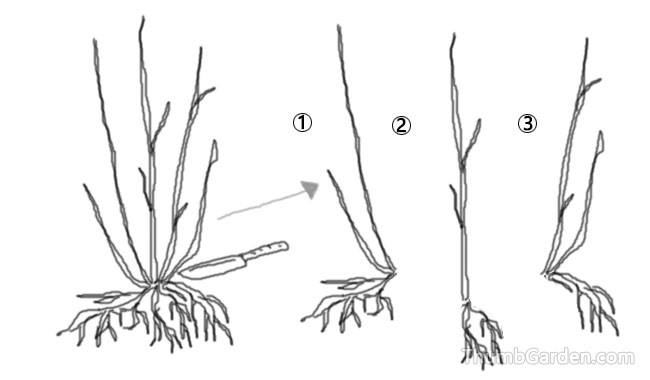
BLACKBERRY TRANSPLANTING TO A NEW LOCATION IN SPRING
When transplanting, the mother bush can be propagated not only by division but also by root processes.
The latter method involves planting seedlings from young shoots. Regardless of the propagation method used, transplanting is carried out in the following order.
Before transplanting, plan the placement of plants in the garden. Blackberries are planted in rows. Leave a space of 2 m (6.56 ft) between seedlings of upright varieties.
For creeping crops, the distance increases to 3m (9.84foot). The width of the row spacing also depends on the type of bushing and ranges from 1.8m-3m (5.9-9.84foot).
If using shoots for transplanting, a hole is dug to a depth of 50cm (19.6inch) with a diameter of the size of the roots.
For old bushes, a hole will be made according to the size of the root system. It is best to transplant the blackberries into a 50cm (19.6inch) deep trench dug along the length of the bed.
During the plant transplanting process, add to each hole 1 bucket of compost, 100 g of mineral compound fertilizer, but preferably use an organic matter.
Dig out the bushes to be transplanted from all sides. In adult plants, their roots go deep into the ground. You cannot retrieve it. The rhizome has just been cut with a bayonet spade.
The blackberries are carefully transferred and dipped into a new hole, covered with soil.
After transplanting, the plant is watered to maintain humidity until it is fully transplanted. After watering, the trunk soil is covered with mulch
BLACKBERRIES ARE TRANSPLANTED TO A NEW LOCATION IN THE FALL
Start transplanting in the fall after fruiting. It should be kept for about two months before the onset of frost.
During this time, the transplanted plants will have time to take root. The transplanting process is the same in the fall and spring.
The only difference is the protection of the seedlings from frost. After transplanting in the fall, the near-stem soil is covered with a thick mulch. In addition, they will provide a reliable shelter for spruce branches or non-woven material before the onset of winter.
In autumn, instead of transplanting the entire bush, young branches may be removed from the roots. They are called progeny. Young shoots are the best choice for preserving and propagating new varieties because it eliminates the complicated process of replanting old bushes.
Many variants of blackberry do not produce progeny. In order not to transplant old shrubs, propagation is done by layering.
In August, the blackberry whips bend to the ground, are covered by soil, and leave the apex. A month later, the stratification will take root. The seedlings obtained in September are removed from the bush and transplanted to another location.
CAN YOU TRANSPLANT BLACKBERRIES IN SUMMER?
In theory, summer blackberry transplanting is possible, but there is no guarantee of 100% survival of the plant. For testing, it is better to choose a pity variety.
For successful summer transplanting, follow these rules.
- transplanting in the early morning or late afternoon.
- complete all work quickly.
- set up shade structures immediately after transplanting on blackberries.
- Water the transplanted plants well every day.
- In summer, high temperatures are harmful to the dug-up plants. If blackberry cannot be planted immediately in a permanent place, it will fade rapidly.
BLACKBERRY CARE AFTER TRANSPLANTING
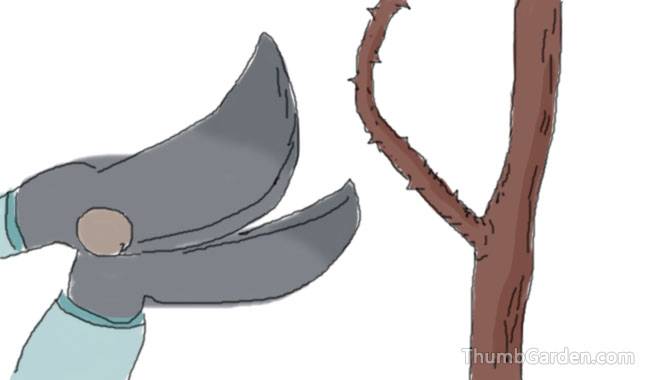
The care of transplanted plants, as well as other blackberry bushes, is no different.
Initially, heavy watering is required. You should not be in a hurry to put on the dressing. Mineral fertilizer can burn roots that have not yet taken root.
With the passage of time and after acclimatization in the new place, you can start making organic matter.
Caring for transplanted blackberries requires the following standard measures.
- In the fall and spring, prune and trim the bushes. Blackberry lashes are tied to a lattice. In winter, the stems are bent to the ground and covered with branches of spruce or other insulating material.
- In summer, blackberry pests sometimes affect blackberries. You can use chemicals or inject garlic to fight the pests.
- Irrigate blackberries with cool water after the heat disappears on warm nights. Sprinkle the young stems with temper.
- Next spring, after transplanting, blackberries are fed potassium as soon as the buds appear.
- Plants that need to be transplanted initially provide proper care for rapid rooting.




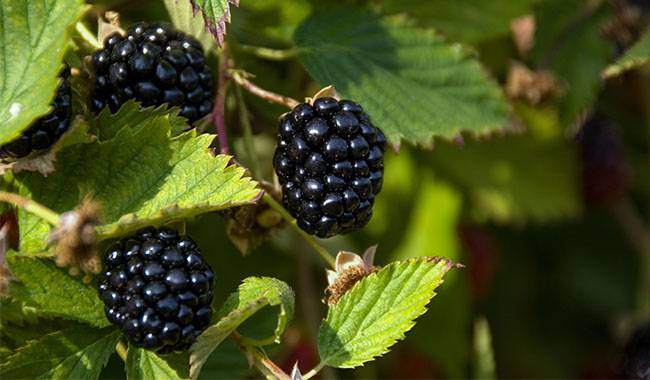
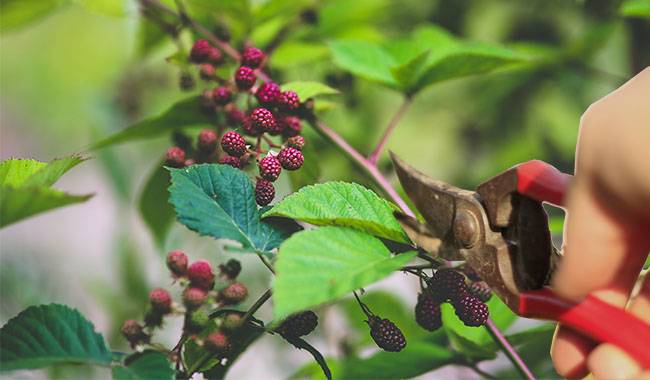
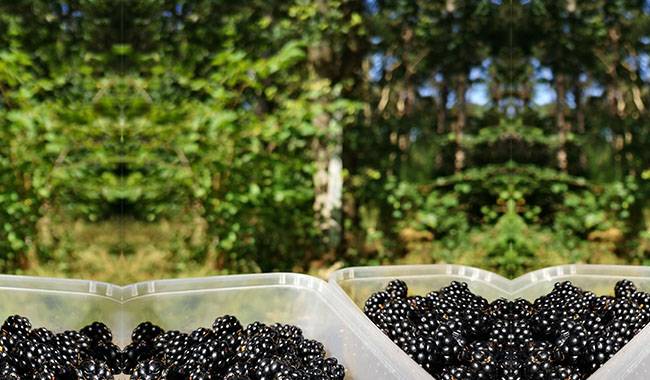
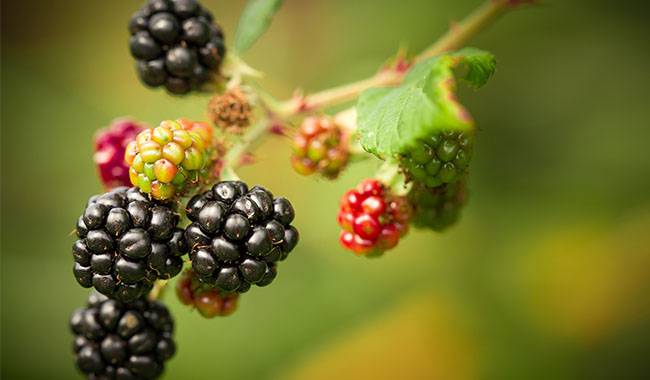
I was just telling my friend about that.